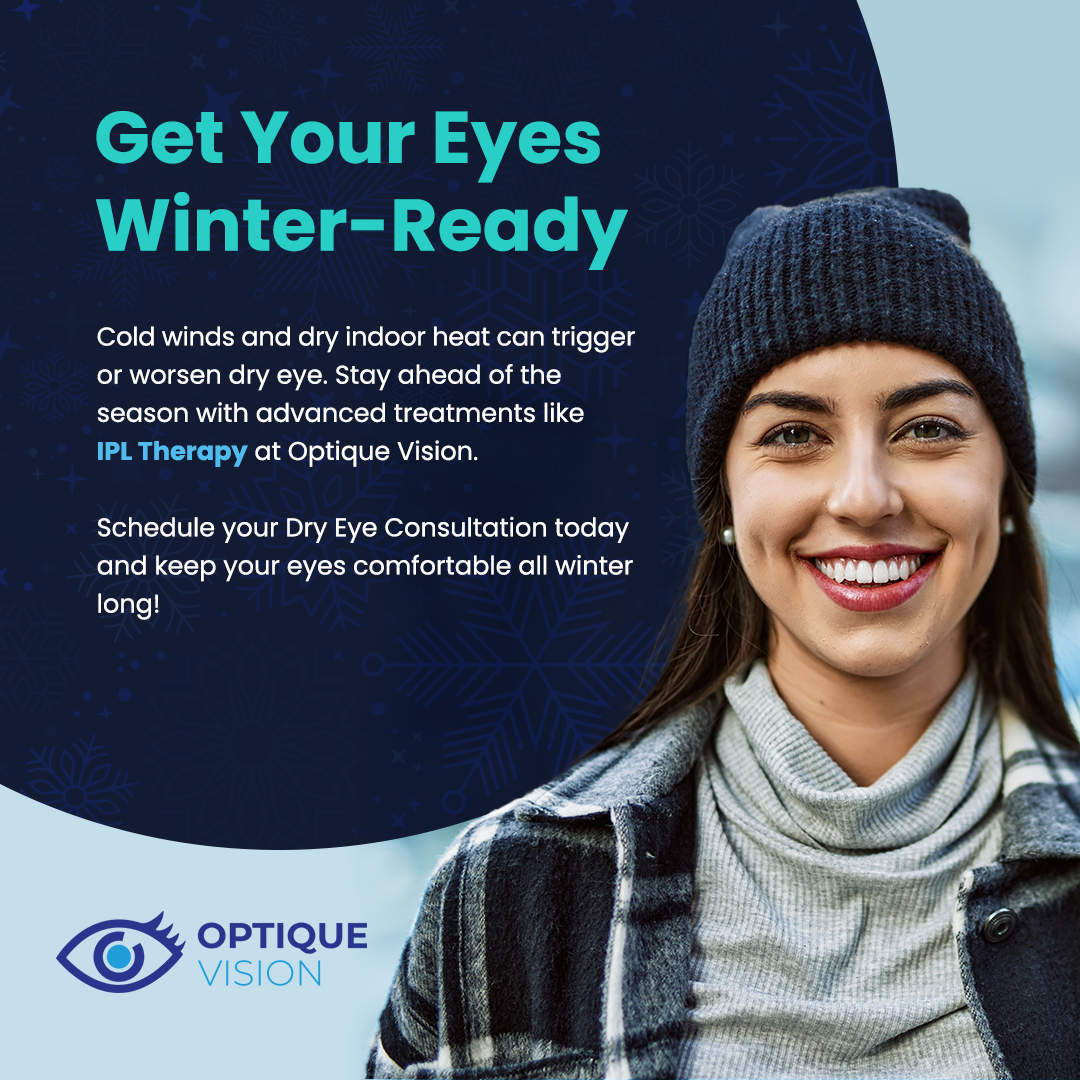
Myopia or nearsightedness is a common eye condition that begins in childhood. The condition tends to become worse over time before stabilizing in adulthood. Myopia can affect a child’s vision and quality of life.
Doctors are diagnosing many children with the condition these days, and it is happening earlier than ever before. It is impossible to cure myopia, though it is possible to control it. You can find out when your child should start myopia treatment.
Causes of Myopia
Myopia causes close objects to appear clear while those at a distance appear blurry. Several factors can cause the development of myopia. Nearsightedness is usually genetic, and children who have a parent with myopia are more likely to develop the condition. Too much time spent indoors, prolonged digital device use, and eye muscle weakness or imbalance can exacerbate myopia.
Myopia in Children
If children develop myopia, they might experience rapid vision deterioration. The child is more likely to experience severe myopia by adulthood.
Children with myopia find it hard to see the classroom board and participate in school activities. This can harm the child’s education and social life. Myopia can have long-term consequences for an individual.
Myopia Control Treatment
Myopia management is vital for slowing down the progression of the condition. The goal of the treatment is to prevent it from getting worse. When it onsets in early childhood, it increases the risk of high myopia developing.
Myopia management often occurs in childhood, when it has the possibility to do the most good. The management involves using different techniques or treatment options, depending on the patient’s condition and situation.
When to Start Myopia Treatment
The best time for your child to start myopia treatment is now. If your child has received a myopia diagnosis, you need to consider myopia management as soon as possible. Research has shown that the earlier myopia develops, the faster the child’s vision will deteriorate.
This means that waiting until your child is older to start management may not be helpful. Your child’s lens prescription power will keep getting stronger without myopia management.
Choosing Myopia Control Treatment
There are several myopia management options available. The treatment options include orthokeratology or ortho-k, which involves using special lenses. A patient wears the lenses overnight and removes them in the morning, helping slow myopia progression.
Other treatments include the use of multifocal lenses and atropine eye drops. The eye specialist will determine the best treatment option for the child. Ideally, myopia management should continue until the child becomes an adult or when the condition stops worsening.
Myopia usually stops worsening at age 16 for around 50 percent of kids. For the other 50 percent, the condition will deteriorate, and by 18 years, about 75 percent will achieve stabilization. Around 90 percent of myopia patients will have experienced stabilization by age 21.
For more on when your child should start myopia treatment, contact Optique Vision at our office in Albany, New York. You can call (518) 302-2106 today to schedule an appointment.









